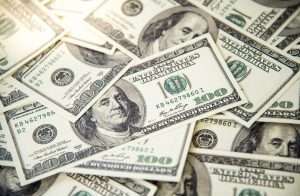
On Friday, the U.S. dollar was seen to be poised for weekly gains. The Australian dollar, on the other hand, had dropped by 1% this week due to the new wave of COVID-19 infections.
Investors are on the fence with optimism for a speedy global recovery from the pandemic being dampened. Traders are thus compelled to undload the Aussie and subscribe to safer-assets such as the USD.
The head of macro and FICC research at SEB, Carl Hammer had this to say:
“The risk is clear that the opening of economies takes longer to materialise vs what markets are discounting,”
Investor sentiment had been instigated by Germany’s gross domestic product data at 0800 GMT. Through a Reuters poll, Europe’s largest economy is expected to decrease by 2.2% in the first quarter, which is noted to be less compared to other euro zone states.
“However, data published since the first estimate has been generally weaker than expected and we see a risk of the first estimates being revised down for several countries,” Hammer adds.
Versus the dollar, the euro was last neutral at $1.0796, setting it for a weekly gain of 0.3%.
The New Zealand dollar is reported to have fallen by 0.2%. The Australian dollar, on the other hand, fell 0.2% 0.6454. Analysts agree that it has been on course for a 1.1% decline since Monday.
The yen however, is holding ground at 107.16 per dollar. But, it has ground lower this week with U.S. Federal Reserve officials talking down the possibility of negative rates which had also kept the dollar afloat.